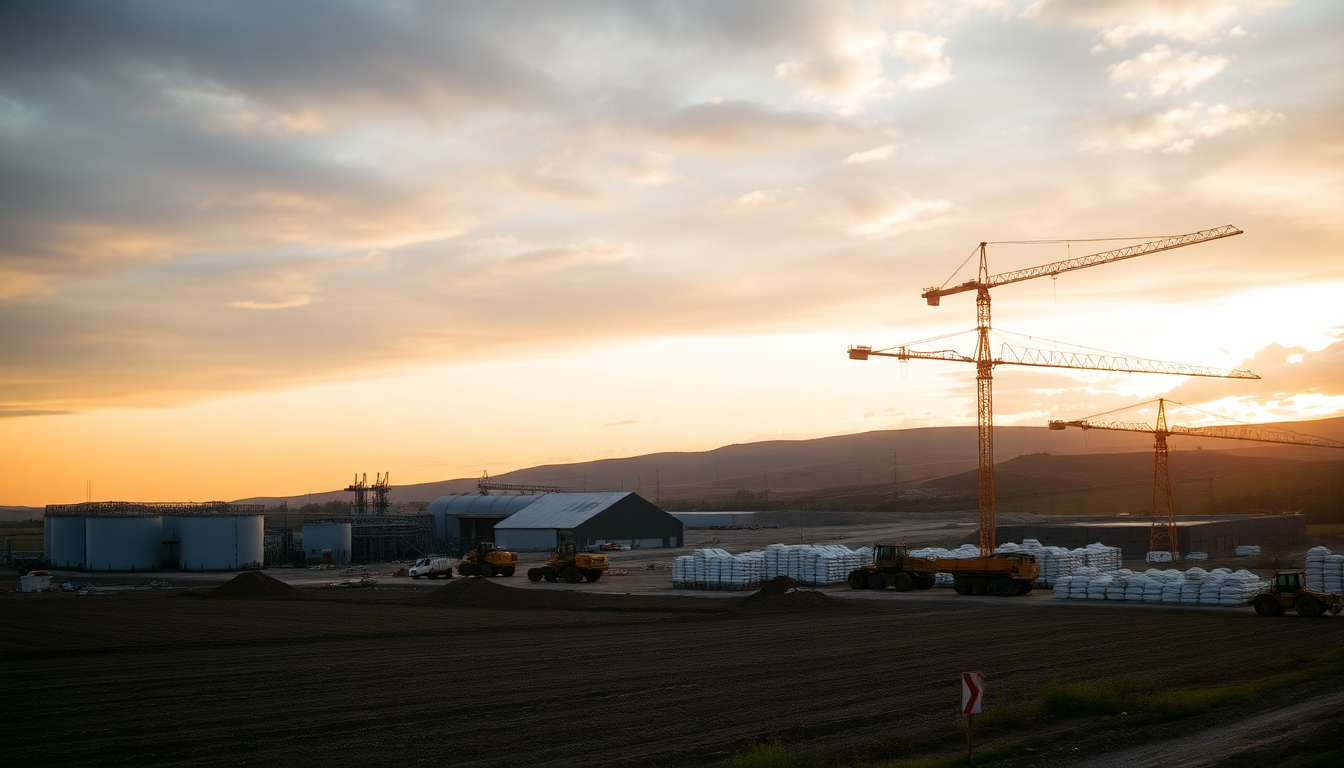Table of Contents
The recent news about the Jansen Potash mine delaying its opening from 2026 to mid-2027 has raised eyebrows, and for good reason. This shift isn’t just a minor inconvenience; it carries significant implications for the local economy and investors looking to make their mark. As costs continue to climb, grasping the wider economic impact of such delays is crucial. The Jansen Potash mine is a major player in the global potash market, expected to create jobs and invigorate related industries. However, this setback has sparked concerns about economic stability and investment potential in the region.
Understanding the economic landscape of mining delays
Have you ever thought about how much the mining sector influences local economies? In Saskatchewan, for instance, natural resources are the backbone of economic health. When mining projects face delays, it can set off a chain reaction, affecting everything from local employment rates to infrastructure development. The postponement of the Jansen Potash mine serves as a clear reminder of how such delays can reshape the investment landscape.
As the opening date shifts, local businesses that rely on the influx of workers and investments might find themselves in a tricky spot. This uncertainty can lead to lower consumer spending, impacting everything from retail shops to service industries. Plus, delayed mining operations can stall public projects that were counting on revenue from mining, which means infrastructure improvements could hit a snag.
But that’s not all; rising costs tied to these delays can make matters worse. Increased operational expenses could scare off potential investors, and in the world of real estate—where the mantra is “location, location, location”—economic fluctuations can have a direct impact on property values and investment returns. Investors now face the task of reassessing their strategies in light of the changing economic climate.
Investment opportunities amidst uncertainty
Despite the challenges stemming from the Jansen Potash mine’s delay, there are still investment opportunities worth exploring in the region. The secret? Understanding market dynamics and pinpointing sectors that remain resilient, even when the economy is shaky. For example, construction and service industries might still see growth as demand for housing increases with the expanding population.
Investors should also keep an eye on properties catering to the commuting workforce. As the mining industry rebounds from these delays, the need for rental properties in nearby towns could skyrocket. This presents a golden opportunity for savvy investors to tap into short-term rental markets, especially in an area that could experience a population boom as mining operations gear back up.
Let’s not forget that real estate can still be a solid investment choice, provided the right strategies are in place. The phrase “location, location, location” remains as relevant as ever. Properties near infrastructure that supports mining operations can hold their value and even appreciate as the industry stabilizes. Investors should zero in on areas poised for growth, adjusting their portfolios to align with the anticipated resurgence of the mining sector.
Future predictions and strategic moves
What does the future hold? Market analysts believe that the delay in the Jansen Potash mine could pave the way for a more robust economic environment in the long run. While the immediate effects may be challenging, this extra time can be leveraged to refine operations and strategies, potentially leading to a stronger launch in 2027.
Investors would be wise to stay alert, keeping tabs on market trends and tweaking their strategies as necessary. The potential for a recovery in the mining sector could unveil new avenues for growth—particularly in real estate. By mastering the nuances of market cycles, investors can position themselves advantageously as conditions improve.
In conclusion, while the postponement of the Jansen Potash mine may seem daunting, it also opens doors for strategic investments and long-term growth. By honing in on key economic indicators and remaining adaptable, investors can successfully navigate the complexities of this evolving landscape.


